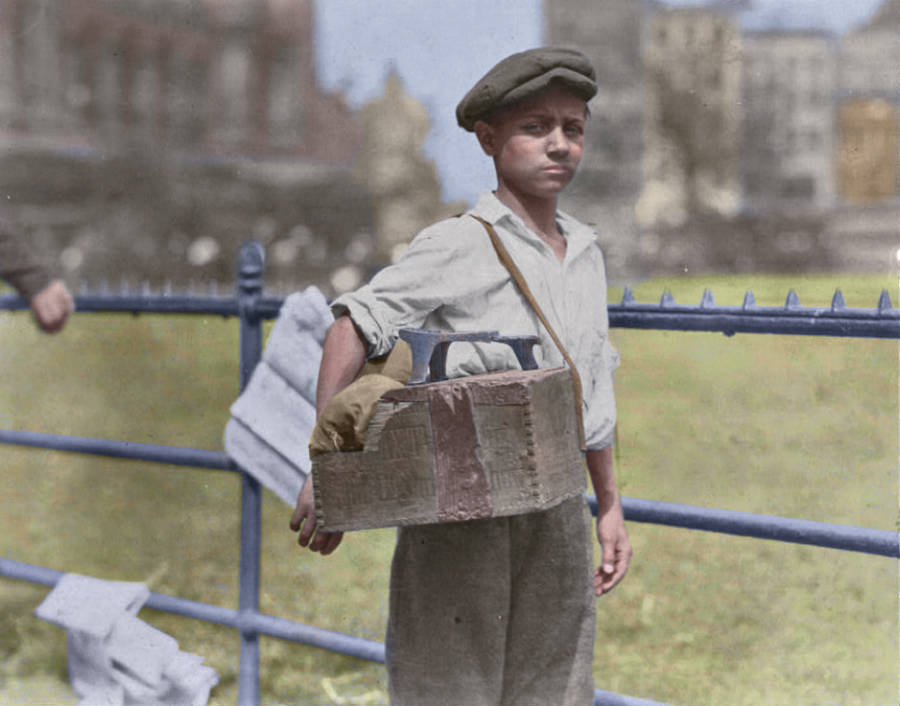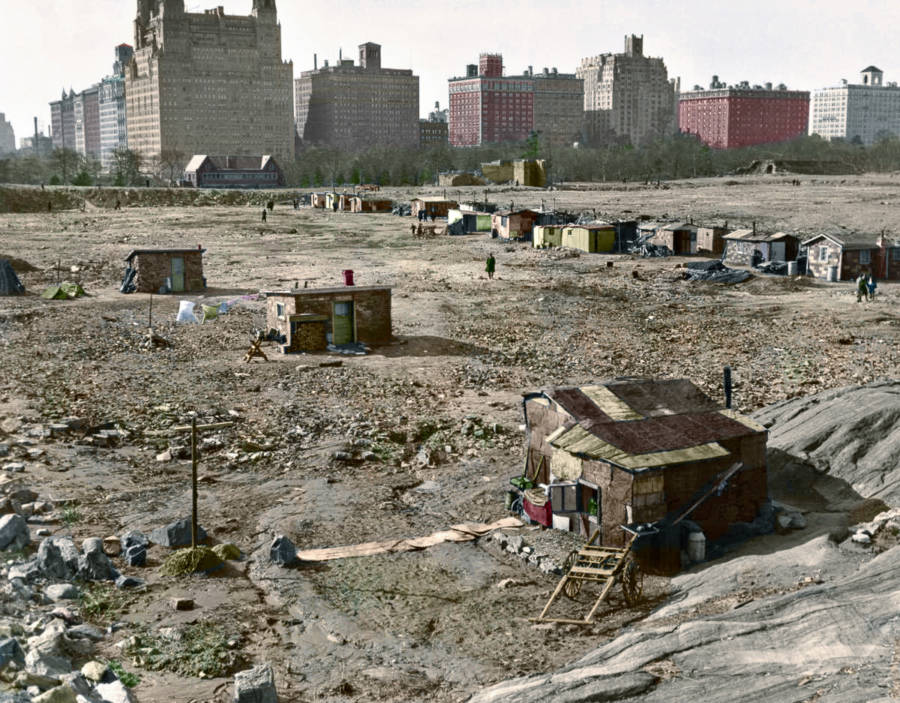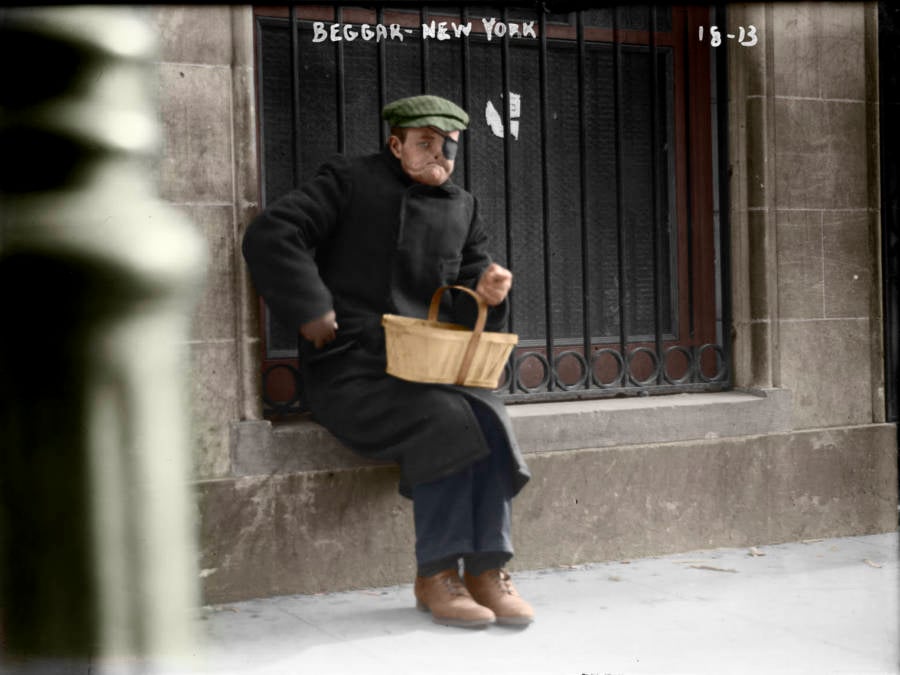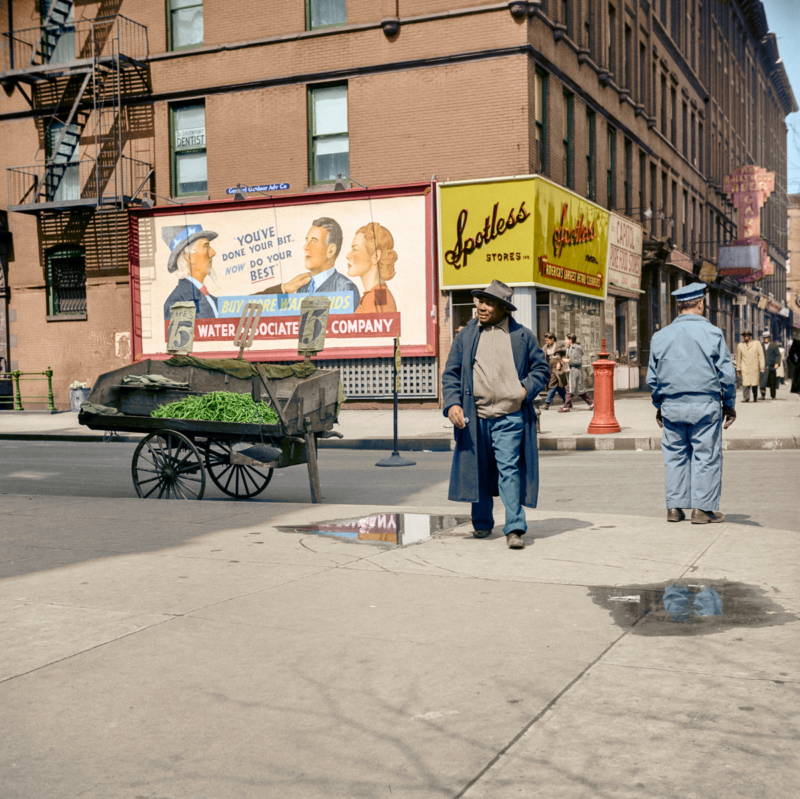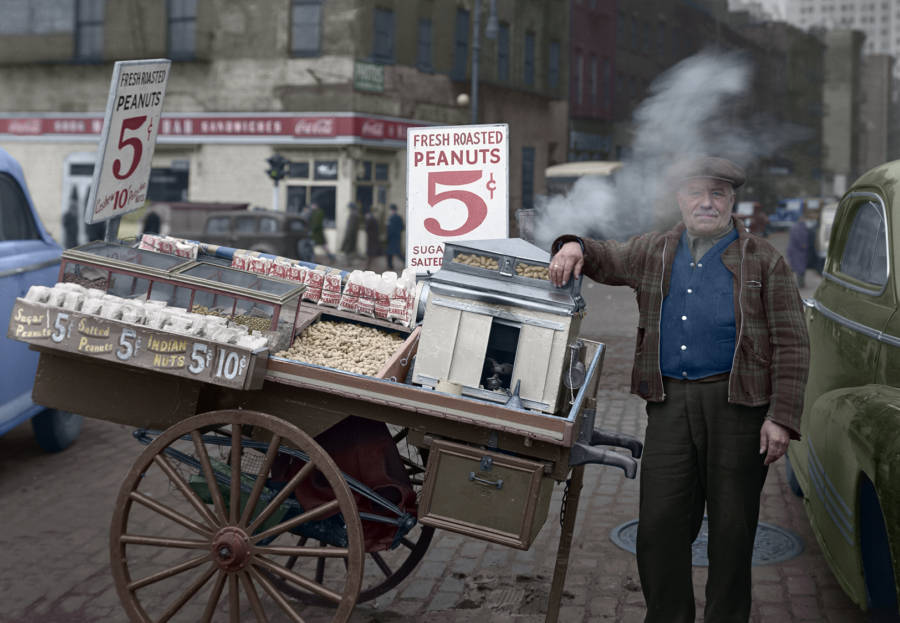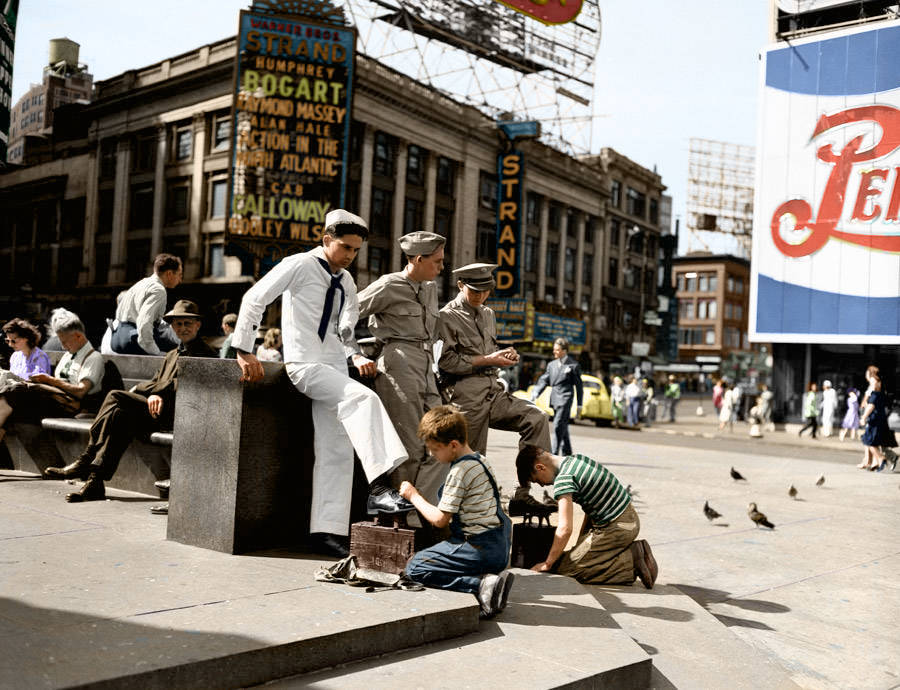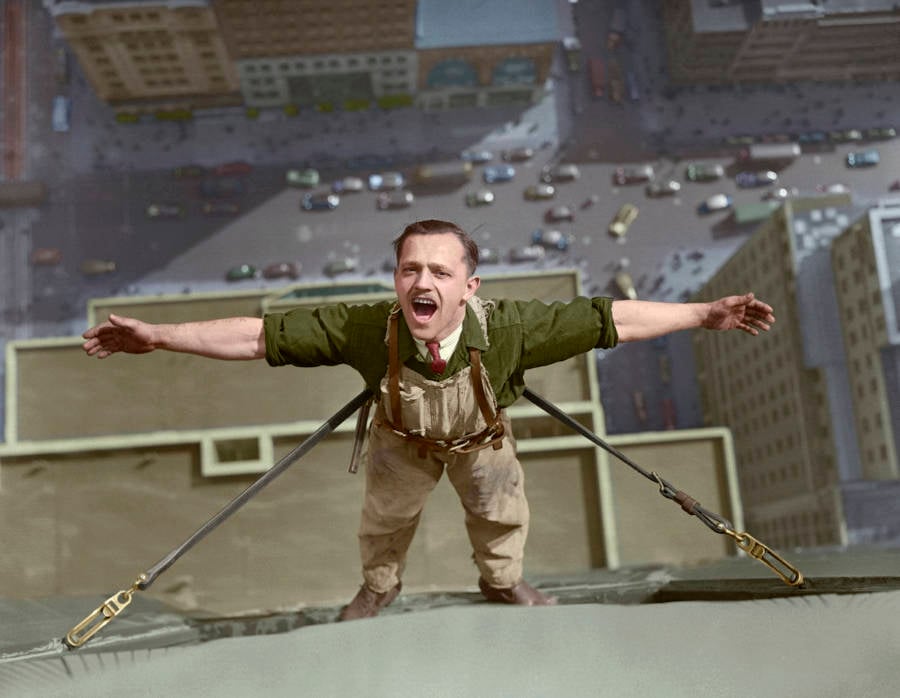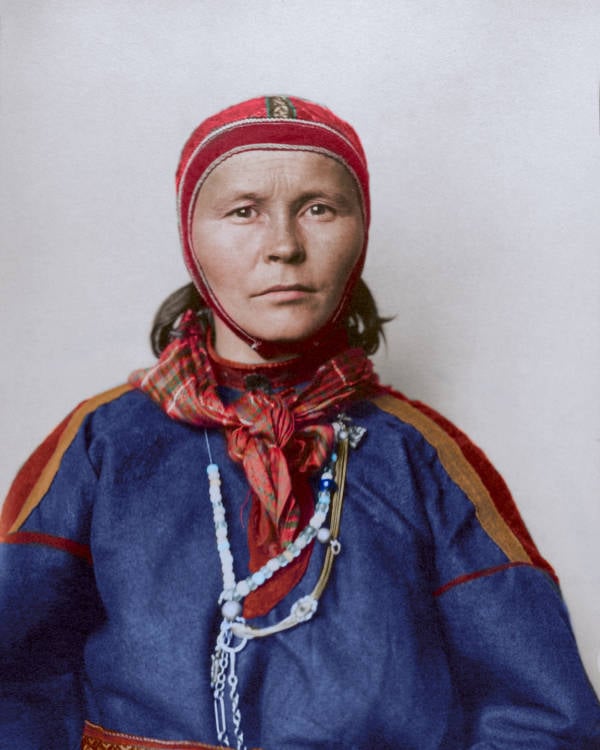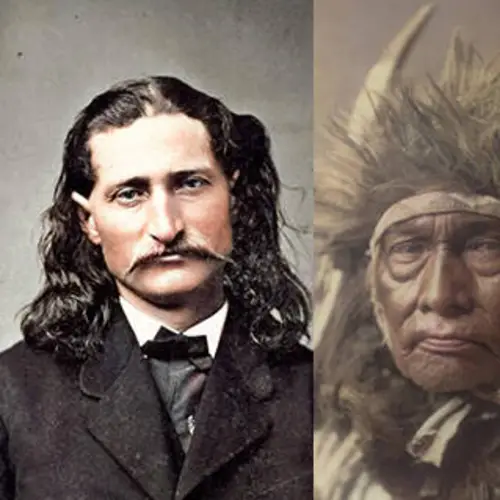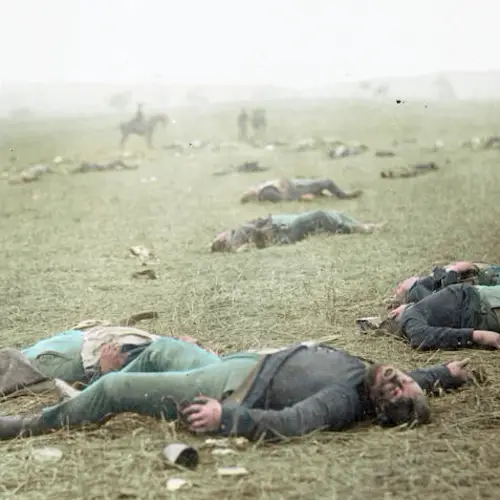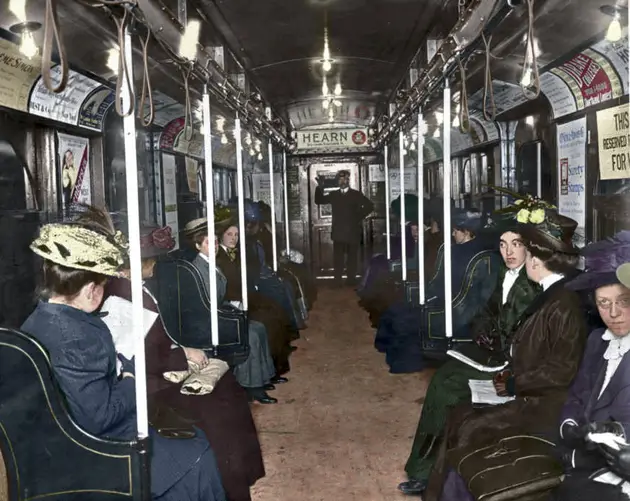From the shanty town in Central Park to the crime-plagued slums of Lower Manhattan, these vivid images allow you to inhabit the streets of New York as they were a century ago.
In the years just after the Civil War, the population of New York City sat at slightly less than 1 million. By the close of World War II, some 80 years later, that population had skyrocketed to approximately 7.5 million (and has increased by "only" about 1 million in the 75 years since).
Across the decades between those two wars, New York's population and the city itself grew by unprecedented leaps and bounds as immigrants from around the world streamed in and new construction reached, figuratively and literally, for the skies.
Yet, like so many periods of great growth, these decades also brought great tumult and upheaval as poverty and overcrowding crippled the downtrodden while street gangs and organized crime flourished in response.
Such poverty ultimately came to a head during the Great Depression of the 1930s, when the situation grew so dire that parts of Central Park itself became a shanty town. But it was during those same few years that the Chrysler Building, the Empire State Building, Rockefeller Center, Radio City Music Hall, and many other landmarks were built.
In fact, much of what defines New York in the popular imagination to this day rose out of the ashes of the 1929 Wall Street crash that kickstarted the Great Depression. Once again, tumult and growth went hand in hand as New York City became the metropolis we know today.
Experience this tumult and growth for yourself in the gallery above — featuring colorized photos of New York taken between roughly the 1870s and the 1940s — and discover more about the history of New York during this era below.
Immigration
Any portrait of New York and its growth in the years between the Civil War and World War II must begin with the enormous swell of immigration in those years. By the time the U.S. government opened an immigration processing station on Ellis Island on December 17, 1900, the city had already been welcoming hundreds of thousands of immigrants per year for more than a decade. But after Ellis Island, those numbers truly exploded.
Throughout the first 15 years of the 20th century, an average of more than 5,000 immigrants entered New York via Ellis Island (largely from central, eastern, and southern Europe) each day. Today, nearly 40 percent of the U.S. population can trace at least one of their ancestors back to the immigrants who came through Ellis Island during that short span.
And with so many residents — the city's population more than tripled between 1890 and 1910 — packed into a small cluster of immigrant neighborhoods, overcrowding, poverty, and crime quickly became an inevitable result.
Poverty And Crime
By 1920, New York's number of foreign-born immigrants had reached 2 million, which was more than one-third of the city's total population. And an enormous number of those immigrants took up residence in just a few of the city's neighborhoods, causing places like Chinatown, Little Italy, and the Lower East Side to swell far beyond capacity.
With overcrowding a major issue, many immigrants were forced to live in dilapidated tenements that would widely be considered unlivable today.
Landlords converted single-family units into multi-room apartments, leading to situations in which seven people would be living within a space of about 325 square feet, the size of half a subway car. What's more, these tiny apartments often lacked toilets, showers, baths, and even flowing water. Landlords weren't even required to install toilets in tenements until 1904.
And such desperate living conditions among the city's poor often led to desperate acts in the form of street gangs and organized crime.
For decades starting in the mid-1800s, infamous gangs like the Bowery Boys and the Dead Rabbits had battled it out in Lower Manhattan's Five Points neighborhood. And with immigration and poverty soaring at the close of the 1800s into the early 1900s, many more turned to crime.
From the Chinese gangs of "The Bloody Angle" to the nascent Mafia in Little Italy and beyond, criminal enterprises flourished as drugs, prostitution, gambling, and even murder became big business in impoverished immigrant communities in the early years of the 20th century. Everyone from Lucky Luciano and Meyer Lansky to Dutch Schultz and Al Capone got their start in the breeding ground for crime that was the slums of New York circa 1900-1930.
Depression And Growth
The same poverty that helped fuel New York's early-1900s rise in crime reached a climax with the Great Depression.
After the Wall Street crashes of September and October 1929, the United States and the rest of the Western industrialized world sank into the worst economic cataclysm in modern history. The worldwide GDP fell by an unthinkable 15 percent and American unemployment reached a historic high of about 25 percent in 1933.
And perhaps no place in America felt the effects of the Great Depression worse than the place where it at least nominally started: New York. With so many immigrants — so many of them already impoverished — having poured into the city over the preceding decades, the city's housing and job prospects were shaky even before the crash.
Then the crash came and made things much, much worse. In the words of the New York Tenement Museum: "By 1932, half of New York's manufacturing plants were closed, one in every three New Yorkers was unemployed, and roughly 1.6 million were on some form of relief. The city was unprepared to deal with this crisis."
However, the city ultimately proved well prepared to respond. Progressive Mayor Fiorello LaGuardia's housing initiatives shut down 10,000 decrepit tenements (more than half of which lacked central heating and toilets) and forced landlords to upgrade another 30,000.
In the end, the Great Depression served to expose the relatively hidden wounds that had been festering in New York for years — or at least force the powers that be to do something about them. And with those wounds cleaned out, the city was able to rebuild into something stronger and become, in many ways, the New York we know today.
Next, see footage of what life was like on the streets of New York City in the early 20th century:
Images colorized by Ryan Stennes, Benjamin Thomas/Colours Of Yesterday, Marina Maral, Dana Keller, Jecinci, and Jordan Lloyd/Dynamichrome.
